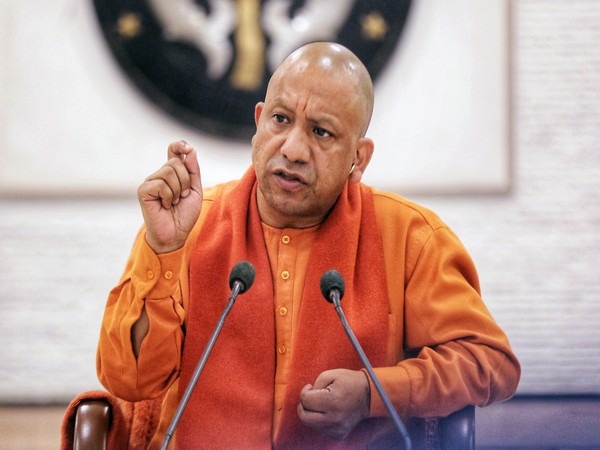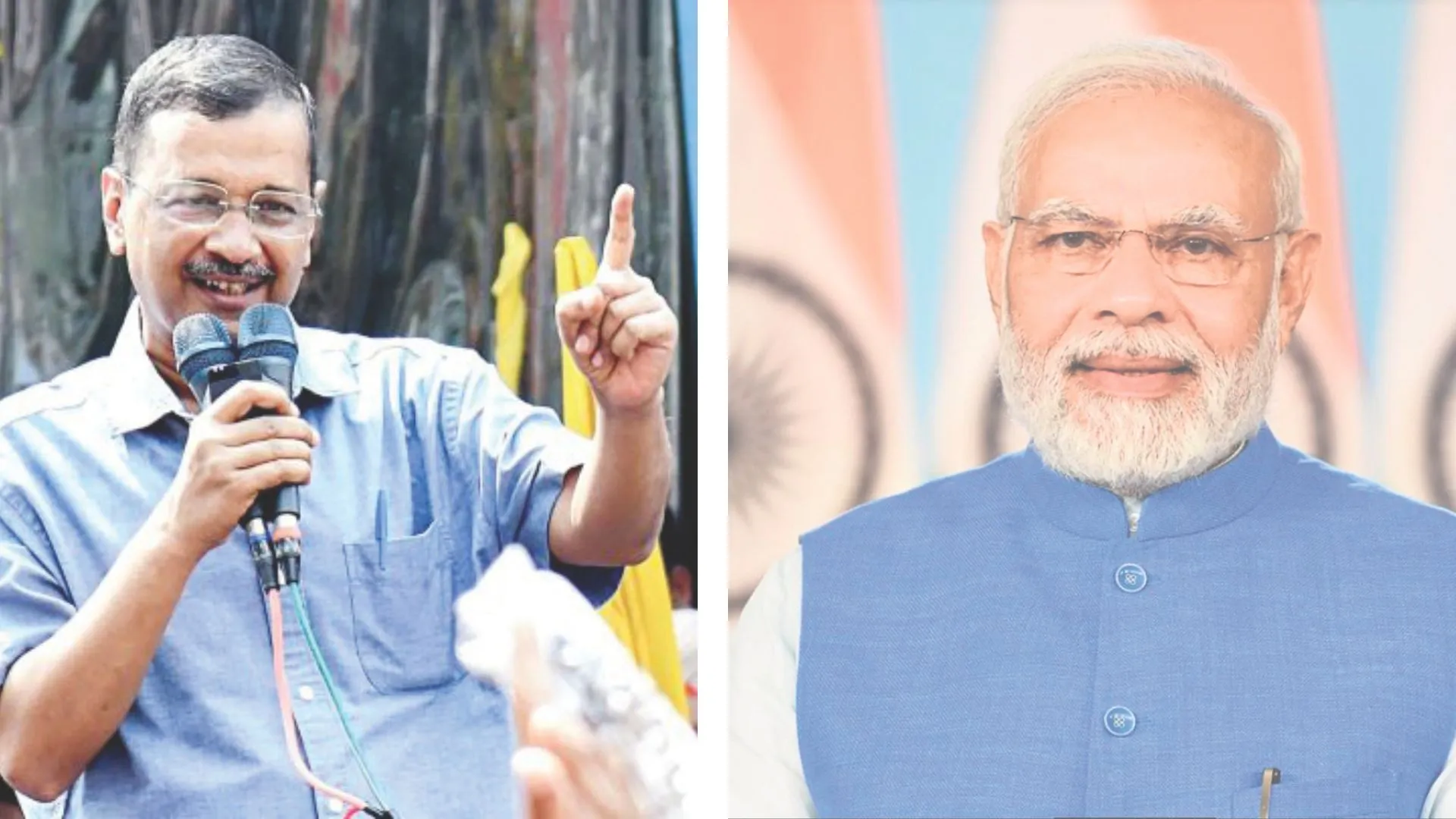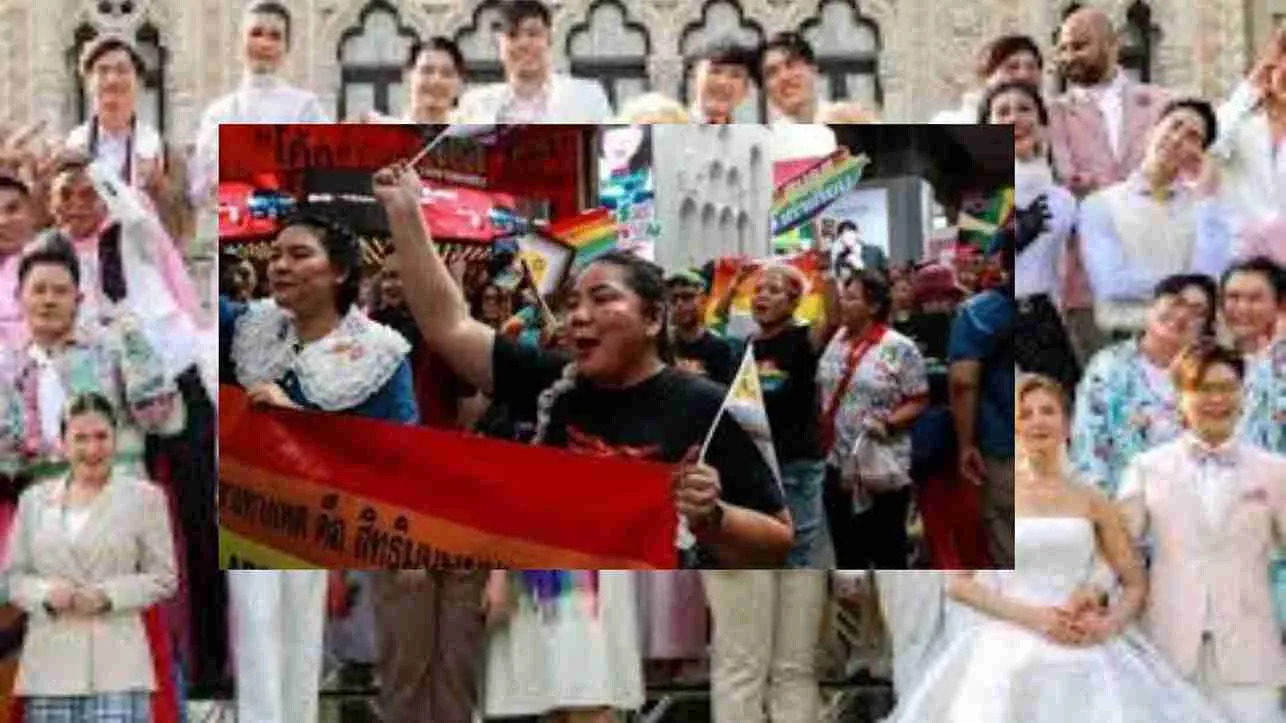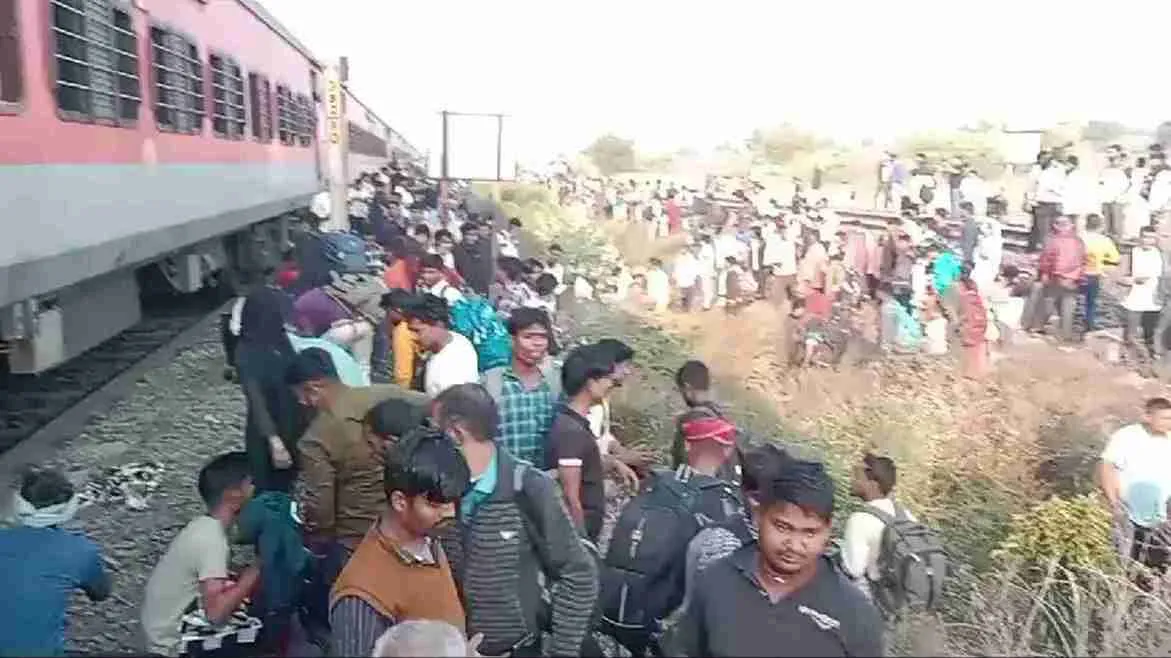Democracy produces an interesting contradiction. It generates hope and despair together. The feeling of despair due to various reasons produces discontent and also dissent.
The hope which democracy generates sometimes embraces dissent and dilute it through various kinds of symbolic and substantial deliveries of developmental actions.
The hope is natural human bhava(feeling) get manifested in the psychic processes such as expectations, desires etc. and dissent appear when hope cracks due to various factors and reasons.
When ability to imagine, capacity to aspire and desire for better life, contours of exposer cross roads, flow of information, capacity of mobility etc. grow, they together produce enormous amount of hope which slowly eradicate any kind of developmental discontent-generated dissent. This phenomenon one may observe in various part of India especially in Uttar Pradesh while interacting with the people of marginal communities in certain parts of the state.
The politics of dissent in democracy in the most part of the world is all about negotiation with the state for benefits, welfare and participation in the power. The peasant movement in India on farm laws took place few years back and recently held movement of truck operators against road rash law may be seen in this frame only.
However dissenting politics like Naxalite movement who don’t believe in democracy represent long-term dissent against state. The state-led democracy mostly creates condition in which such dissents also become diluted due to the dissemination of developmental resources to the margin and underdeveloped.
There are few areas in Uttar Pradesh such as Sonbhadra, Mirzapur and Chandauli districts and also some of the part of Kusmahi forest zone in Gorakhpur districts are earlier known as vulnerable districts for the politics of dissent which became cause of inroading Naxal influence in these regions.
While studying few villages in this popularly known as ‘discontent Zones’, we observed that constant expansion of hope for better life is slowly weakening the’ feeling of dissent’ in these regions of Uttar Pradesh. I am saying this with a disclaimer that It may be or may not the case of other protesting Zones of Chhattisgarh, Jharkhand, Bihar and Southern part of India.
In fact, introduction of neo-liberal economy through implementation of New Economic Policy (NEP) in 1991 produced neo-liberal time which is time of productions of hope through media, market and governance. This narrative of hope is slowly weakening the politics of dissent in these ‘shatter zones’ which were called as ‘Zomia-zones’ by eminent anthropologist James Scott. These regions of UP are mostly forest zones largely inhabited by tribals, Dalits, Mahadalits, OBCs, DNTs and various marginal social groups.
This narrative of hope got strengthened also due to the reaching of various developmental outputs in these interior zones such as highways, link roads, electricity, schools, primary health centers. The better implementation of various Gareeb kalyan yojanas (policies for poor and social welfare schemes), Aajeevika mission, SHGs, livelihood schemes, various government initiated programs for the marginal people such as making of aspirational districts-blocks etc transmitted a small pie of resources to these disadvantageous people which increased a capacity to aspire among them.
This capacity to aspire is slowly transforming them from dissenting public to aspirational public in some sense. While roaming in this area an old retired school master sitting on the tea shop of Navgarh in Sonbhadra district ,which was earlier heavily influenced by the Naxalite movement, told us that ‘Bhaiyya/now very difficult to find revolutionaries here, everyone is beneficiary now a days’.
When we continued our conversation with him , he clarified that no one deny the state here now as it was earlier, every one turned or want to be turn as beneficiary of the state-initiated schemes and state-led democratic benefits. He further told in rural satire –‘now no one wants to keep sub title here like-Vidrohi, krantikari different than earlier decades’. The desire for education, naukari and kamayi are growing here.
One can see like other regions of the Uttar Pradesh, enormous growth of chatties(hamlets of few shops), bazars and thela shops in this region. The money(rupiya) started coming in these villages through direct money transfer called-‘Modi wala paisa’ and yogi wala rupiya’ through local labour migration and other economic activities. This lena-dena (give and take) of money has broken rigidity of the village life in this forest dominant Zones.
These all small changes are adding in their own way in the growth and expansion of hope among people in said or unsaid form, which produces aspiration constantly. So dissent which emerges from –‘no any hope psyche’ is being weakend in this region now.
It is interesting to note once Naxal strong hold- Sonbhadra district attracted second largest number of investment project after Noida recently due to infra-politics of the state, growing connectivity and changing social psyche of the public here. The Bantangiya villages in Kusamahi forest zones of Gorakhpur which were once safe hiding space for the Naxals , now turned as modern forest village with roads, electricity, schools, hospitals and various social support schemes due to intervention and special care of Uttar Pradesh chief minister Yogi Aditya Nath.
In most of the villages in this forest fringe areas, the large number of households, have televisions. Around 90 percent youths in various villages have smartphones in which young women are in huge number. These media and communication exposures with fast flow of massages, images and advertisements of the marginals are changing effectively their metal space, producing desires and cultivating aspirations.
Most of the people to whom we conversed aspires to earn something here and outside of the region. Most of them now expects from the sarkar. They desire and also expect from sarkar will do something for them.
Here I am going to end this piece with raising certain questions. Whether neo-liberal time is turning as time of weakening conventional radical notion of dissent and rise of aspirational mobility in the margins towards cooption in state market driven developmental aspiration? If we say yes, we don’t have yet sufficient reasons emerged from researches and data based analysis..























